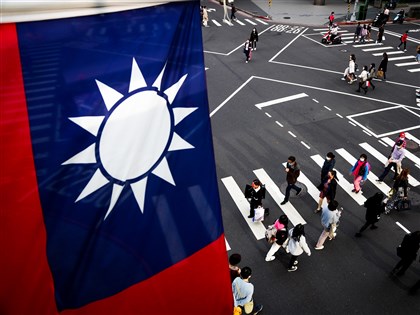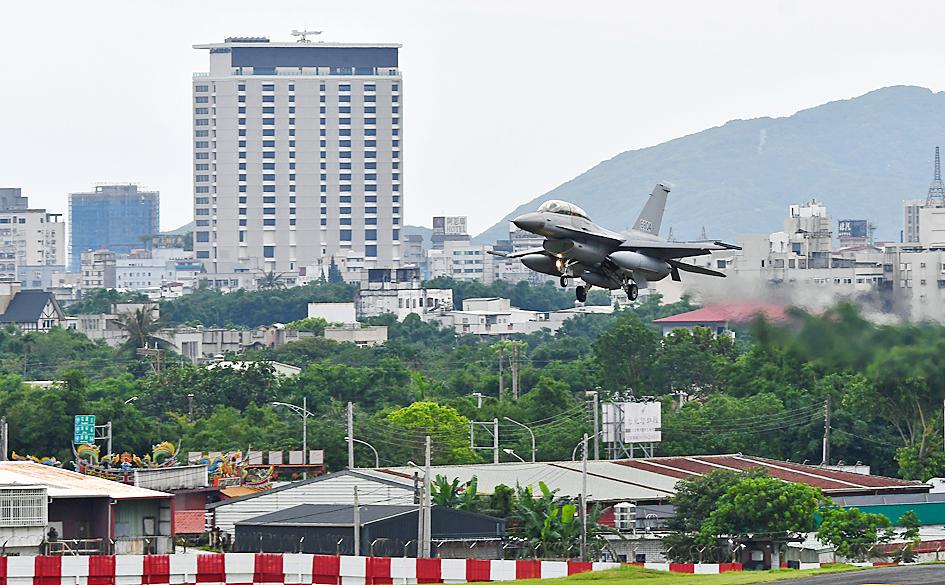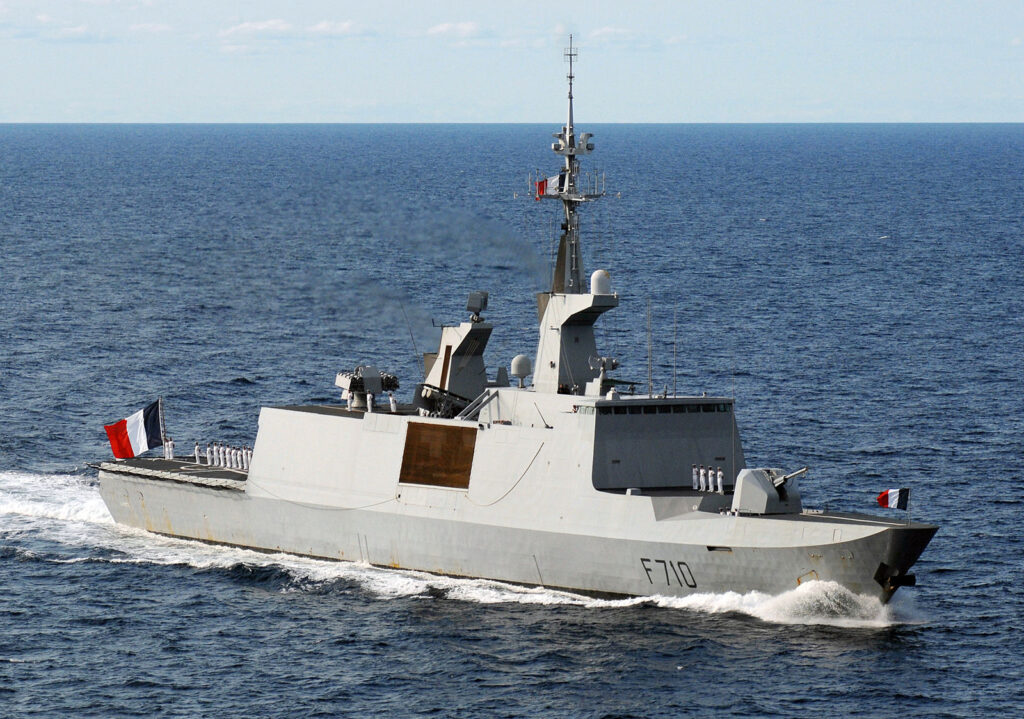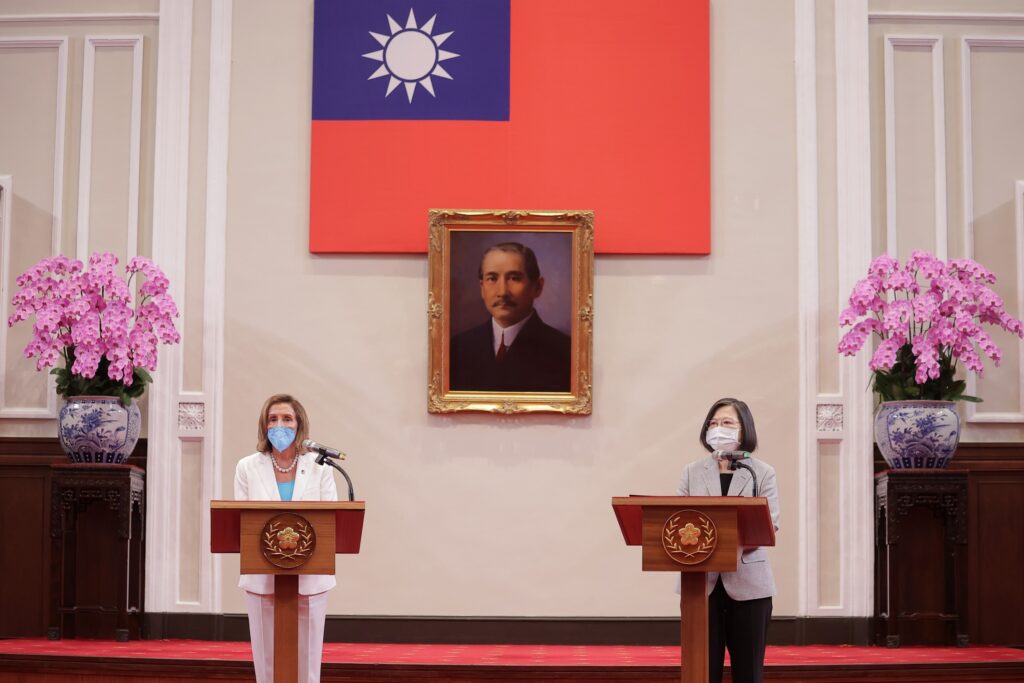
THE RUNDOWN
The United States is preparing to significantly expand its military presence in and around Taiwan. While the news comes shortly after the sighting of the Chinese surveillance balloon over American soil, officials have reported that the increase has been in planning for months.
First reported by the Wall Street Journal, the “U.S. plans to deploy between 100 and 200 troops to the island in the coming months, up from roughly 30 there a year ago, according to U.S. officials.”
This expansion will be the largest of its kind in decades, signaling the severe strain on U.S.-Chinese relations, and the serious threat that China poses to the independently-governed Taiwan. Following Russia’s full-scale invasion of Ukraine in February 2022, it is more important than ever that Taiwan builds and maintains its ability to resist a potential invasion by Beijing.
Training and Troops Exchange
In an exchange of troops, Taiwan plans to send a combined arms battalion to the United States for training in the second half of this year.
While the exact location of the training is unknown, the WSJ article notes that a detachment of the ROC Armed Forces are currently being trained at Camp Grayling by the Michigan National Guard.
A source told Taiwan’s Central News Agency (CNA) that “this marks the first time troops at battalion level, typically consisting of around 500 soldiers, will travel to the U.S. for training rather than platoon (25-60 troops) or company (80-150) level as in the past.”

Washington’s Pacific Expansion
In a strategic stretch across the Pacific, Washington recently struck a deal with Manila that would grant the U.S. access to four new military bases in the Philippines.
This move is noteworthy for two reasons: the first being that it will allow the U.S. to have a greater geographic presence in the event of a potential invasion of Taiwan, and the second being that it marks a change in how Manila relates to Washington.
Given Taiwan’s proximity to China coupled with the fact that they are insufficiently equipped to face China alone, a stronger U.S. presence in the region may help deter China from making any aggressive moves towards Taiwan. China may also think more carefully about its own movements across the region in order to avoid any potential conflict with U.S. troop and the resulting escalation this would likely cause.
While the U.S. has well-established military presence in neighboring countries like Japan, the unique location of the Philippines lends itself to wider strategic access for the United States in the region.
Despite the rocky past between Washington and Manila, this shift in approach by the Philippine government—which long opposed U.S. military presence in the country—sets a more positive tone for the future.
Integrating French Combat Systems
The United States may be the strongest of Taiwan’s Western allies, but it is not its sole supporter; the island also has defensive ties with France.
In an attempt “to integrate Taiwan-based weaponry with French combat systems”, the French Navy’s La Fayette-class frigates are being prepared for upgrades to boost their anti-surface capabilities, an unnamed military source reported in the Taiwan Times in late 2022.
The upgrade program will take place over nearly a decade, and will apply to each of the six La Fayette-class frigates that France sent to Taiwan in the late 90s.
Outdated RIM-72C Sea Chapparal missiles are currently equipped on the ships, and are widely considered ineffective against the potential threat posed by China due to their short range. The upgrade program would outfit the ships with longer-range Mk 41 vertical launch systems (VLS), crucially supporting the Republic of China (ROC) Navy’s ability to defend and enforce its sea borders.

A “New Normal” Dismantled
While most of the United States moves have been strategically silent in relation to Taiwan, U.S. House of Representatives Speaker Nancy Pelosi’s visit to Taiwan in August of 2022 elicited concern regarding the implications of a public display of support from a high-ranking U.S. official.
While Pelosi’s presence may have encouraged Taiwanese citizens, Beijing reacted swiftly, with their Foreign Minister Wang Yi commenting, “This move seriously violates the one-China principle… It proves once again that some U.S. politicians have become “troublemakers” of China-U.S. relations, and that the United States has become the “biggest destroyer” of peace across the Taiwan Strait and for regional stability.”
The visit also prompted the Chinese military’s “largest-ever” exercises around Taiwan, including ballistic missile launches and simulated sea and air attack drills.
Despite the assertive response from Beijing, Pelosi was confident in her visit, saying “What we saw with China is that they were trying to establish sort of a new normal. And we just can’t let that happen.”

THE TAKEAWAY
The United States may soon stand at a crossroads regarding Taiwan: to intervene or not to intervene?
With China’s strategic goals for Taiwan clear, and its likely intent to take the island by force, Taiwan has been deliberate and calculated in their preparation for a conflict. More recently, they have announced plans to extend their compulsory conscription program, which would contribute to their sizable force of 1.66 million reservists.
But even with these efforts, Taiwan is unlikely to close the gap between their own defense spending and that of China. As Beijing’s defense budget towers more than $250 billion dollars over Taipei’s, there are simply no realistic measures that can be taken by the island to catch up.
This is where strategic allies come into the picture, as they are the only strong barrier between China and Taiwan.
The U.S. is walking a line as fine as the mere 100 miles that separate China from Taiwan. A slight misstep by the U.S. could increase tensions in the region, resulting in a public relations win for China at a minimum and a provocation for an increased military posture in the region. In contrast, complacency or distraction could mean the end of a self-governing Taiwan.
Wavering U.S. support for the de facto government in Taipei would represent a serious incentive for the PRC to press their numerical superiority and reap the benefit of their long-stated public relations campaign to close the book on the One China Policy.
In order to avoid direct conflict with China while maintaining support to Taiwan, the U.S. will have to continue its balancing act of supplying Taipei with crucial military resources.
